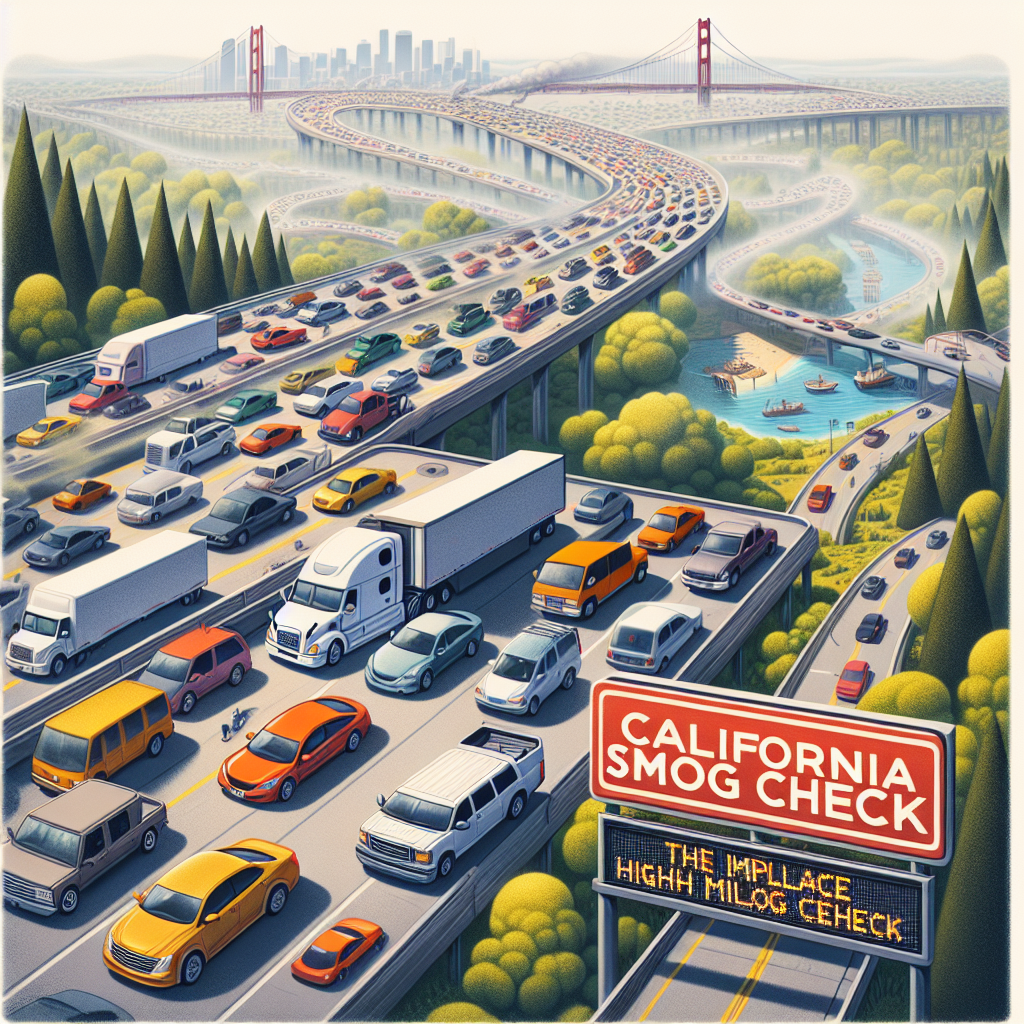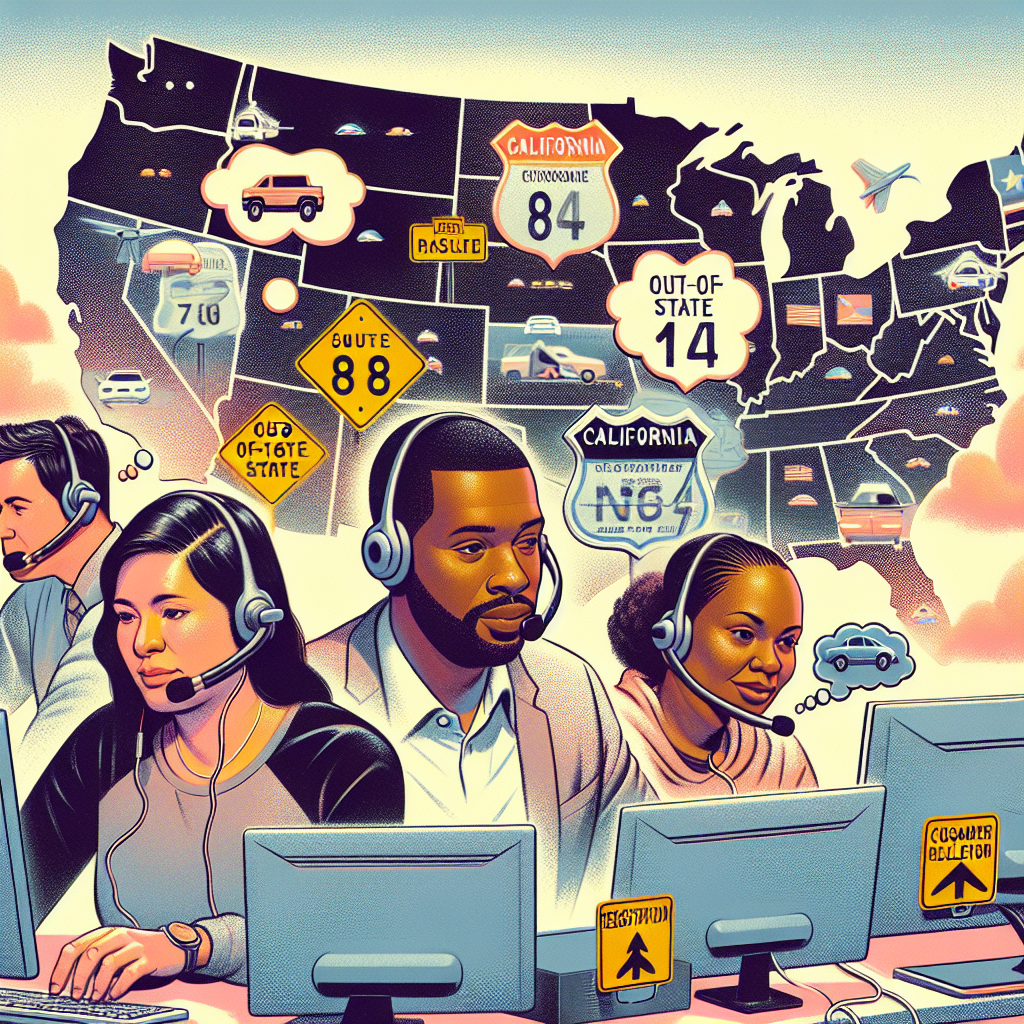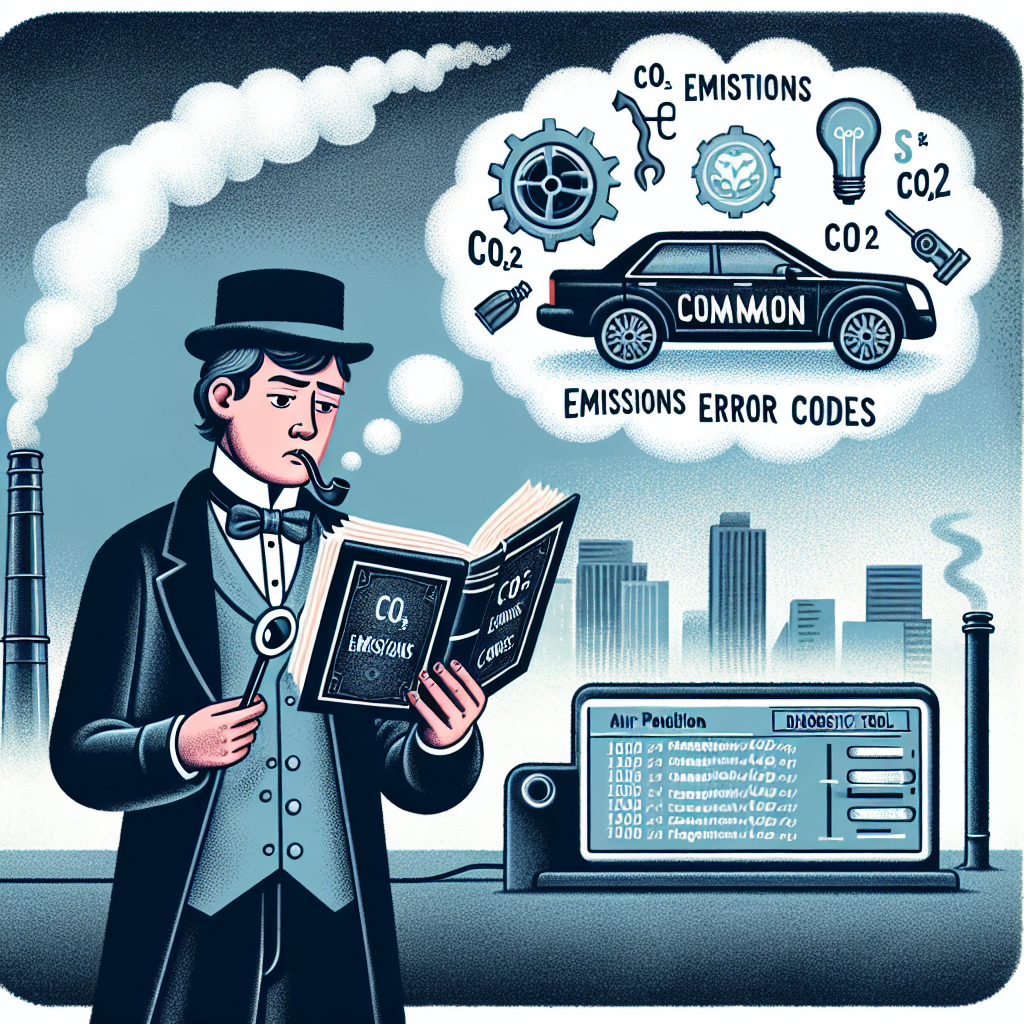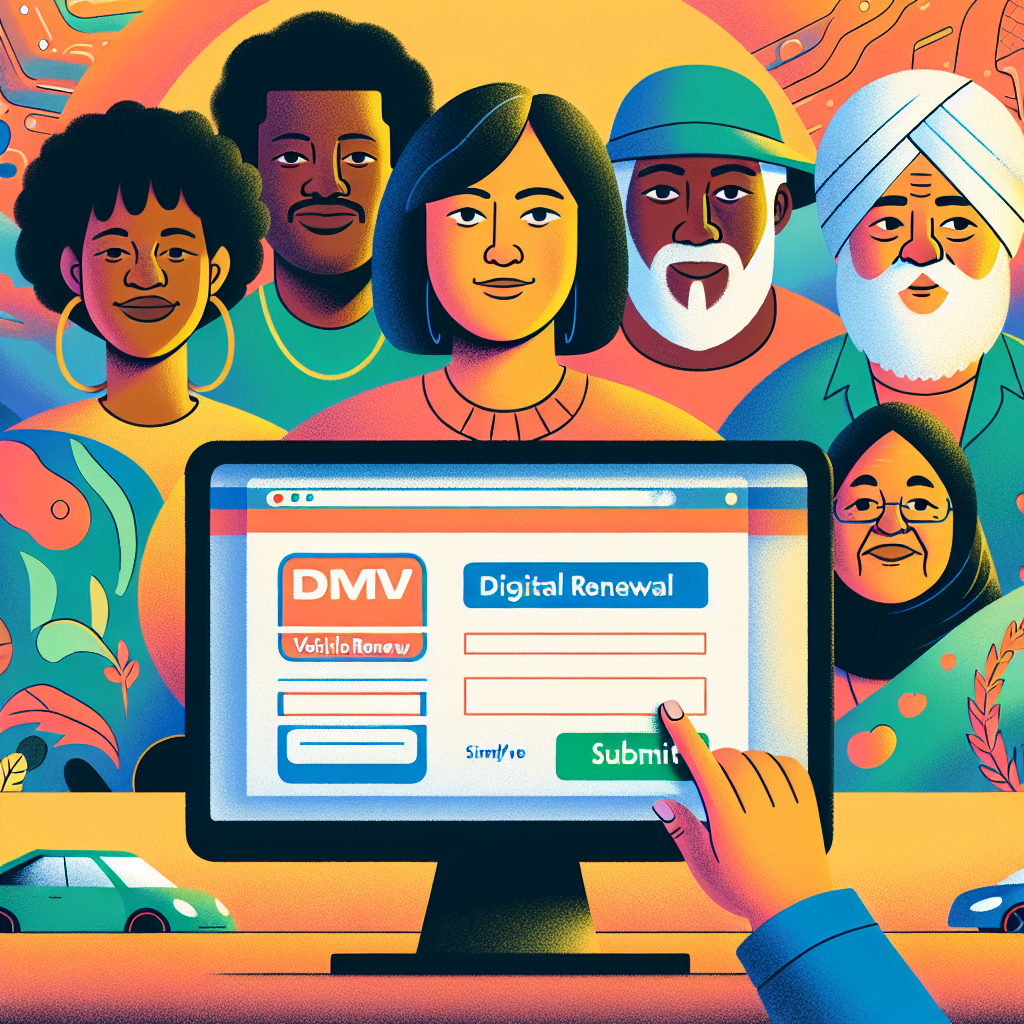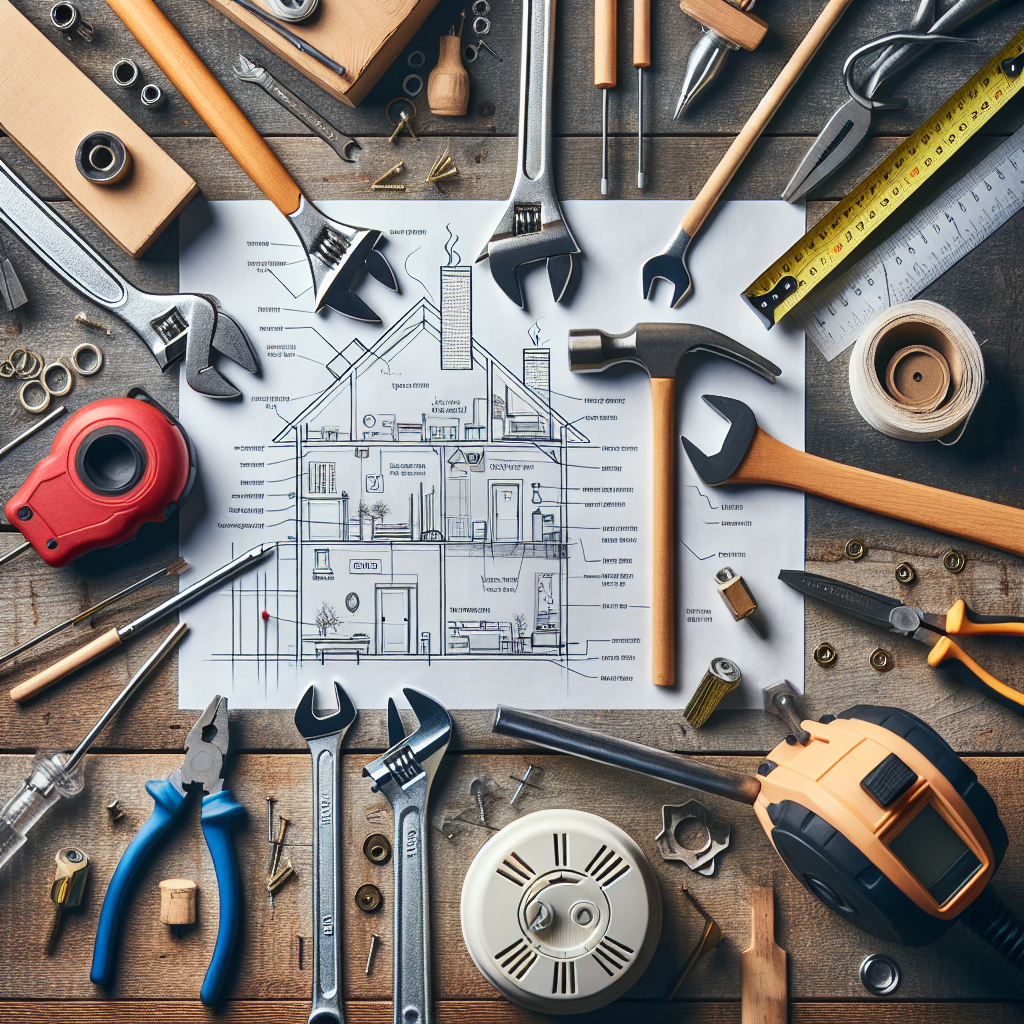Out-of-State Dealers: Tracking and Reporting CA Registration
Introduction
Understanding California’s vehicle registration can be tricky for car dealers from other states. Following the rules accurately is super important for making sure your business runs smoothly. In this blog post, you’ll learn about California’s registration requirements, how to track them, and how to use technology to make things easier.
California Registration Rules
California has special rules when it comes to registering a vehicle. This includes things like emissions checks, proof of ownership, and following state rules. If you’re a dealer from another state, you need to know these rules well to avoid fines and keep things running smoothly. Learning about these rules from the California Department of Motor Vehicles (DMV) is important.
Problems for Out-of-State Dealers
Dealers from other states often face problems with California registration. These problems include dealing with the complex processes, handling lots of paperwork, and figuring out what’s different between the rules in their state and in California. Mistakes can cause delays, cost you extra money, and make things harder.
Setting Up Tracking Systems
To handle California registration, you need a good system in place. You can use tools like Dealertrack, aDMSolutions, or RONALD to help. These tools fit into what you are already doing, making it easier to keep track of things. Watching the data in real time helps you spot issues quickly and fix them right away.
What to Track
When you are keeping track of the registrations, it’s important to look at these points:
- Number of Registrations: Know how many vehicles are being registered and spot any trends.
- Time Taken: See how long the registrations take and find any delays.
- Mistakes: Count the number of errors to improve accuracy.
Tracking these helps you follow the rules, work better, and plan for the future.
Best Ways to Report
Good reporting is key to managing your data well. Set a regular schedule for reports and use standard formats to keep them consistent. Share the reports with teams like those who check compliance or people in dealership management for feedback and improvements.
Use Technology for Reporting
Using modern technology can make tracking and reporting easier. Tools that automatically collect data can reduce mistakes and save time. These advanced systems keep your records current, help you make informed decisions, and improve how you work. Many dealers have successfully used these technologies to make their California registration processes better.
Staying Compliant and Legal
Keeping up with California DMV’s policy changes is crucial to avoid legal trouble. Regularly consulting legal experts offers important insights into compliance and helps prevent penalties. Understanding and applying these regulations proactively is key to a smooth and fine-free operation.
Conclusion
In summary, tracking and reporting California registration metrics is necessary for any dealer from out-of-state who wants to operate well in California. By following the best practices and using tech solutions from this post, you can improve your compliance and streamline how you work. For updates on California DMV registration regulations, don’t hesitate to ask for help.
Extra Help and Resources
- Dealertrack
- California DMV
- aDMSolutions
- Contact a legal expert for compliance issues
Stay informed and follow the rules. Use this blog post’s advice and resources to handle California’s registration process successfully. For more help or to see how Tags Clinic can make your registration processes easier, check out our website or contact us directly.
Call to Action
Are you interested in making your vehicle registration process simpler? Tags Clinic is here to help. Come visit us at 3845 University Ave, San Diego, CA, or give us a call at 619-777-9046. We’re always ready to assist and answer your questions. You can also learn more by visiting our website at Tags Clinic. We look forward to seeing you!


